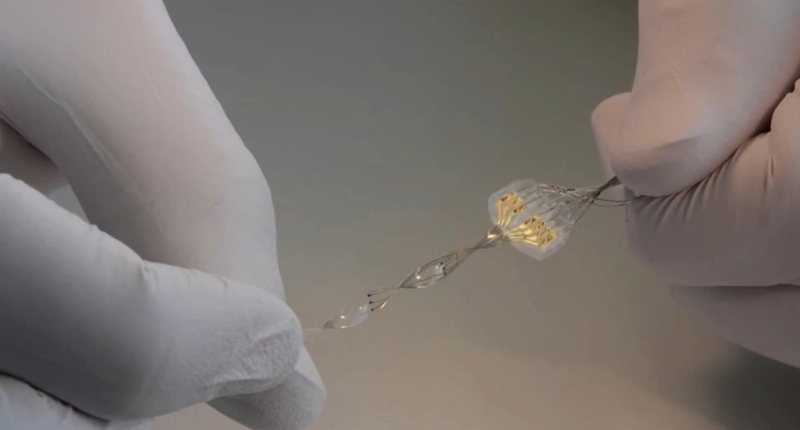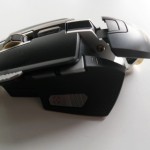OpenAI has launched GPT 5.2, a major model upgrade now available in both the API and ChatGPT. It is described as the company’s most…
These spinal cord implants feature stretchy silicon-like circuitry

As you near the age of 40, subtle signs of aging begin to reveal themselves: an aching back, sudden movements you once thought harmless now sending you straight to the ground in agonizing pain and the increased probability of experiencing a herniated disk. Worse still, you’re paralyzed from the waist down due to a tragic accident.
Fortunately, and fast on the heels of a variety of promising treatments, Swiss researchers from EPFL recently published an article in Science Magazine on 8 January 2015 in which they discuss the development of exciting new technology that uses flexible electronic implants to treat back pain and to someday help those who’ve been paralyzed walk again.
Traditional implants for treating back pain, spinal cord injuries and paralysis often involve rigid structures that rub up against delicate nerve tissue that over time causes inflammation and additional damage. The beauty of EPFL’s implants is that they are flexible and soft enough to be place right up against damaged tissue without the risk of further injury, scar tissue or rejection.
Called the e-Dura implant, these highly stretchable layers consist of electrodes made out of silicon and platinum microbeads that contain cracked gold electronic tracks and fluidic microchannels. Simply put, these fine, flexible layers can deliver pharmaceutical chemicals and electronic impulses directly to the point of injury along the spine.
What makes the e-Dura implant even more effective is the fact it can be place underneath “dura mater,” which is the nervous system’s protective covering.
Prof. Stéphanie Lacour, co-author of the paper, explained the possibilities of the new development:
Our e-Dura implant can remain for a long period of time on the spinal cord or the cortex, precisely because it has the same mechanical properties as the dura mater itself. This opens up new therapeutic possibilities for patients suffering from neurological trauma or disorders, particularly individuals who have become paralyzed following spinal cord injury.
Already, the e-Dura implants are showing success. In recent tests, EPFL researchers were able to help paralyzed rats regain control of their hind limbs, even using the implants to monitor electrical impulses coming from the rat’s brain.
Given the extent to which the e-Dura implants can mimic and blend in with the natural motion and properties of living tissue, the paper’s researchers envision a variety of uses ranging from drug delivery, the treatment of back pain and spinal cord injury to internal monitoring of vital signs and brain signals.
Article originally published on TechGenMag.


